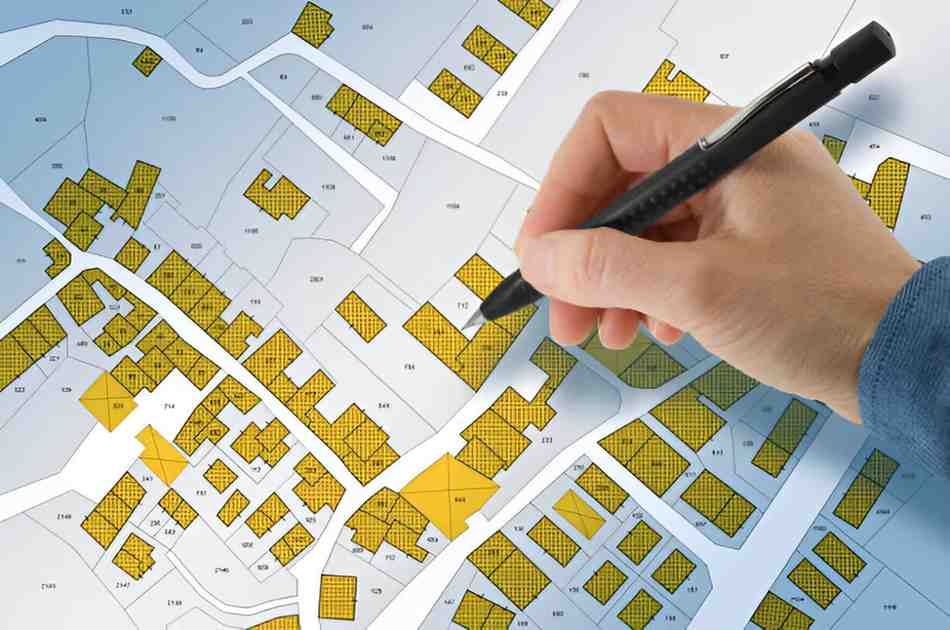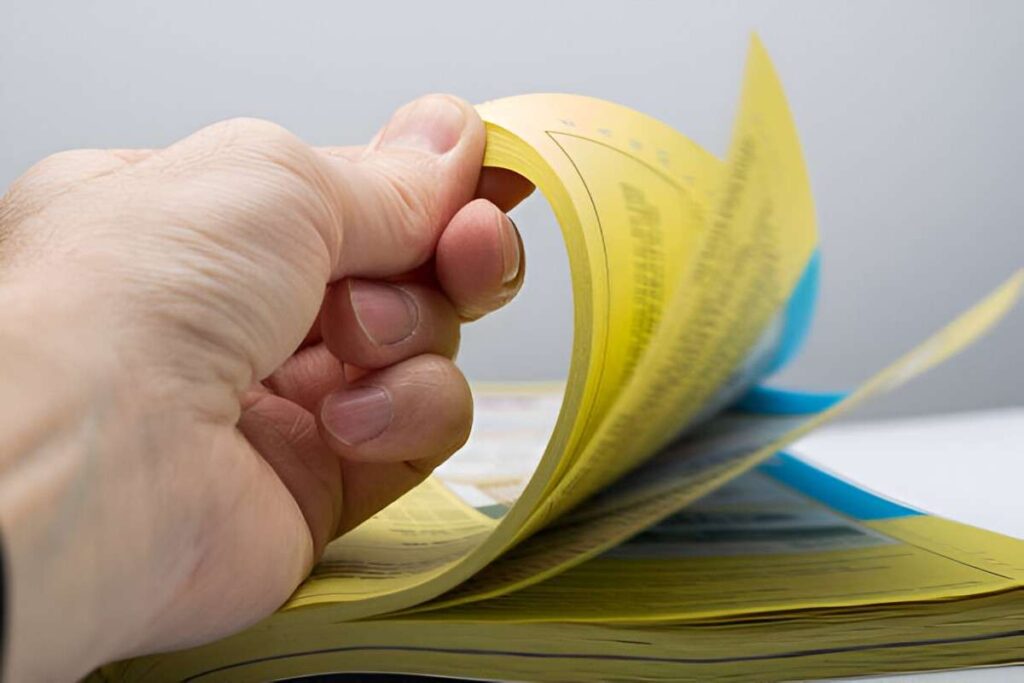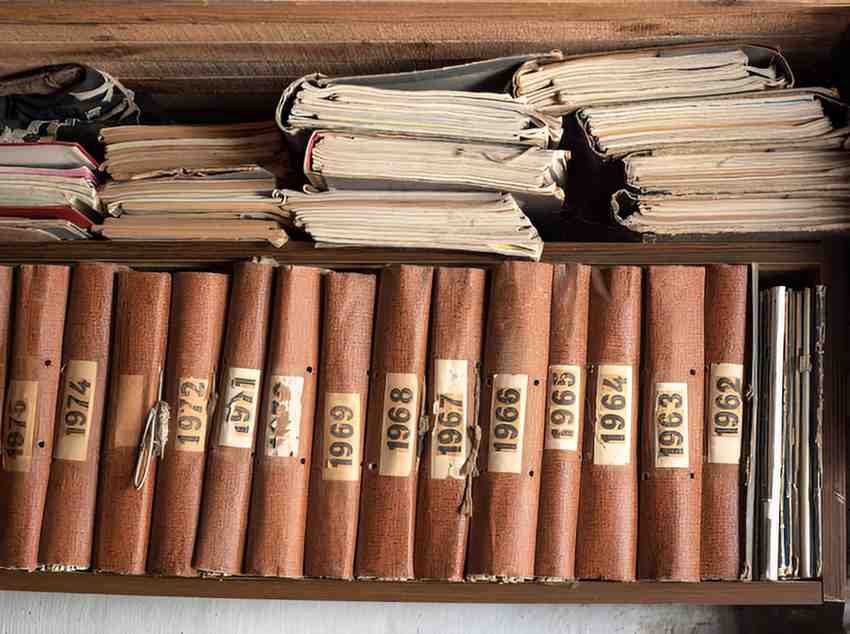Introduction
I remember the first time I held a loose insert in my hands—a glossy coupon tucked inside a magazine. At the time, I didn’t realize the strategic thought behind its placement. Now, as someone deeply involved in marketing and finance, I understand the mechanics of loose inserts and why they remain a powerful advertising tool.
Loose inserts, also known as advertising inserts, are printed materials placed inside newspapers, magazines, or direct mail packages. They range from coupons and flyers to product samples and subscription cards. Unlike bound inserts, loose inserts are not attached to the publication, making them flexible and cost-effective.
Table of Contents
What Are Loose Inserts?
Loose inserts are standalone promotional materials inserted into a host publication. They differ from bound inserts, which are glued or stitched into a magazine. The key advantage of loose inserts is their flexibility—they can be easily removed, making them ideal for coupons, reply cards, or special offers.
Types of Loose Inserts
- Coupons – Discount offers for products or services.
- Flyers – Single-page advertisements.
- Brochures – Multi-page product catalogs.
- Reply Cards – Postage-paid response mechanisms.
- Product Samples – Small trial versions of products.
Why Use Loose Inserts?
From a financial standpoint, loose inserts offer a high return on investment (ROI) when executed correctly. Let’s compare them to digital ads:
| Metric | Loose Inserts | Digital Ads |
|---|---|---|
| Cost per Thousand (CPM) | \$15-\$50 | \$5-\$20 |
| Response Rate | 1-3% | 0.1-0.5% |
| Lifespan | Weeks to months | Seconds to days |
While digital ads are cheaper, loose inserts have a longer shelf life and higher engagement. A study by the Journal of Promotion Management found that consumers are 70% more likely to recall a loose insert than a digital banner ad.
Calculating the Cost and ROI of Loose Inserts
To determine if loose inserts are viable, I use a simple cost-benefit analysis.
Step 1: Estimate Insertion Costs
The cost depends on:
- Printing costs (\$0.02-\$0.10 per unit)
- Distribution fees (\$0.05-\$0.20 per insert)
For example, if I print 50,000 inserts at \$0.05 each and pay \$0.10 per distribution, my total cost is:
Total\ Cost = (Printing\ Cost + Distribution\ Cost) \times Quantity Total\ Cost = (\$0.05 + \$0.10) \times 50,000 = \$7,500Step 2: Measure Response Rate
If my insert has a 2% response rate, I get:
Responses = 50,000 \times 0.02 = 1,000Step 3: Calculate Revenue per Response
If each conversion brings \$50 in profit:
Total\ Revenue = Responses \times Profit\ per\ Sale Total\ Revenue = 1,000 \times \$50 = \$50,000Step 4: Compute ROI
ROI = \frac{(Total\ Revenue - Total\ Cost)}{Total\ Cost} \times 100 ROI = \frac{(\$50,000 - \$7,500)}{\$7,500} \times 100 = 566.67\%A 566% ROI is impressive, but results vary based on industry and targeting.
Design and Placement Strategies
1. Eye-Catching Design
I’ve found that loose inserts with bold colors, clear calls-to-action (CTAs), and limited text perform best. A study by NNGroup shows that users spend only 10-20 seconds on an insert, so clarity is key.
2. Strategic Placement
Inserts perform better in:
- Sunday newspapers (higher readership)
- Niche magazines (targeted audiences)
- Bills and statements (high open rates)
3. Timing Matters
Retail inserts see a 20% higher response rate in November (holiday season) compared to March.
Common Pitfalls to Avoid
- Overcrowding the Insert – Too much text reduces readability.
- Poor Quality Printing – Cheap paper can harm brand perception.
- Weak CTAs – Vague phrases like “Learn More” underperform compared to “Get 50% Off Today.”
Conclusion
Loose inserts remain a cost-effective, high-impact advertising medium. While digital marketing dominates, tangible inserts offer a tactile experience that digital ads can’t replicate. By calculating costs, measuring responses, and optimizing design, I’ve seen businesses achieve remarkable ROI with loose inserts.





